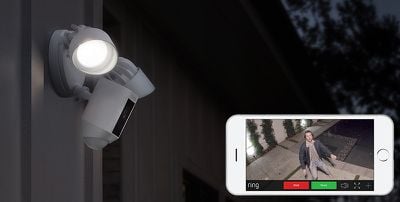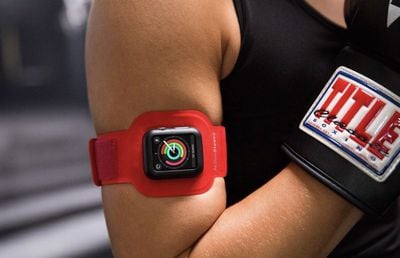Away from the hullabaloo of CES 2017, Caldigit has quietly announced two new Thunderbolt 3 docks for the 2016 MacBook Pro, one that provides connectivity along with a charging function, and a 'lite' model with simple port expansion, for users who already have a way of charging their laptop.
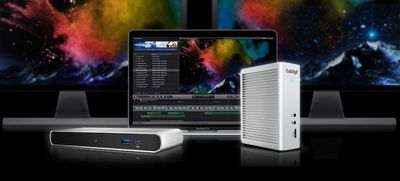
The new TS3 dock provides up to 85W of charging for the 2016 MacBook Pro in addition to a selection of connectivity options: On the rear is a DisplayPort, two USB 3.1 Type-A ports, two eSATA ports, Gigabit Ethernet, and two Thunderbolt 3 ports, one of which provides data, video and power to computers. On the front of the case is an extra USB 3.1 Type-A port as well as Audio In/Out jacks.
For users whose setup already accommodates charging their laptop – including owners of the LG UltraFine 5K monitor – the smaller TS3 Lite offers straightforward connectivity: on the rear is a USB 3.1 Type A port, Gigabit Ethernet, a DisplayPort, two Thunderbolt 3 ports, and Audio In/Out ports. Around the front is another USB 3.1 Type-A port as well as a standard USB 3.1 Type-C port for data and charging.
Both the TS3 Lite and TS3 can connect a monitor up to 5K resolution. Users also have the option to connect two 4K monitors through the use of a USB-C to HDMI or DisplayPort adapter cable (sold separately). The inclusion of DisplayPort for the video output on both docks means that users have the flexibility to select the monitor they want to attach through the use of a HDMI or DVI cable.
The Caldigit TS3 Thunderbolt 3 docking station is available at a pre-order price of $199.99 (regular price $249.99), while the TS3 Lite dock is offered at a pre-order price of $169.99 (regular price $199.99). Both docks are estimated to ship in early 2017. More information is available at the Caldigit website.



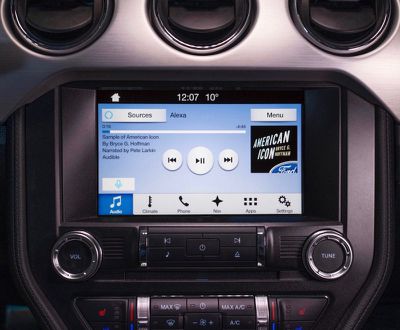
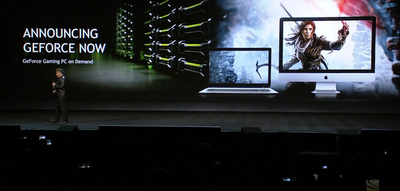
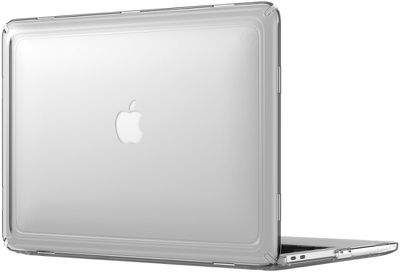
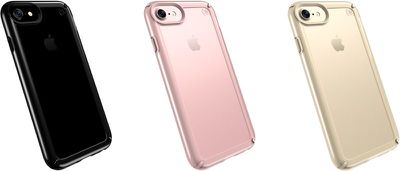
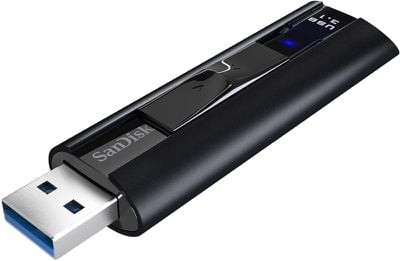
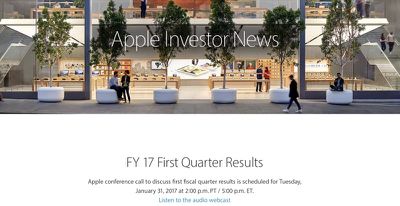


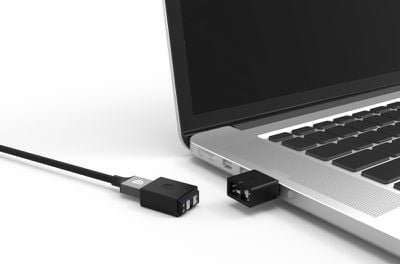
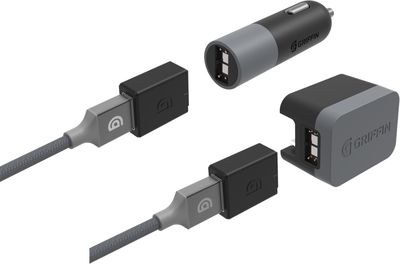
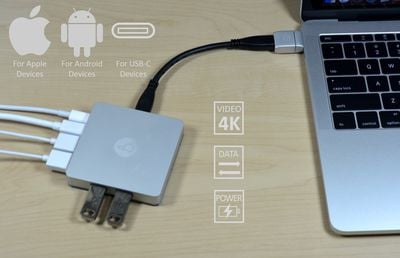

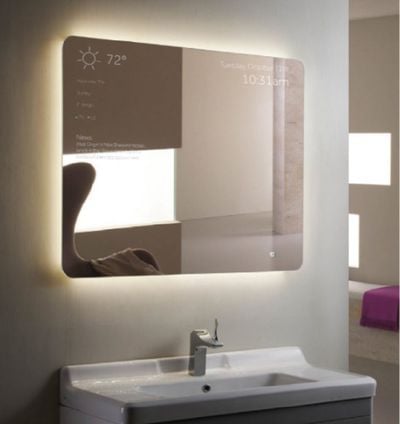
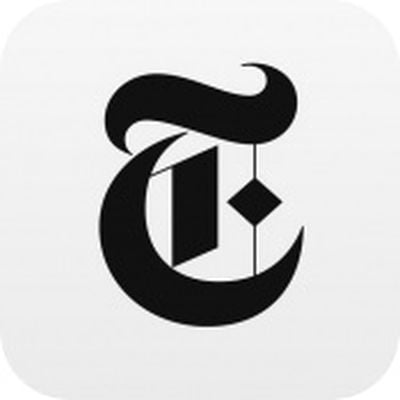 Following a request from Chinese authorities, Apple in late December removed all apps from The New York Times from the App Store in China,
Following a request from Chinese authorities, Apple in late December removed all apps from The New York Times from the App Store in China, 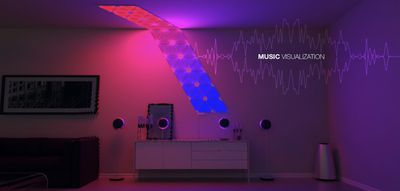
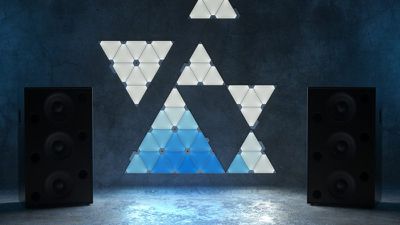
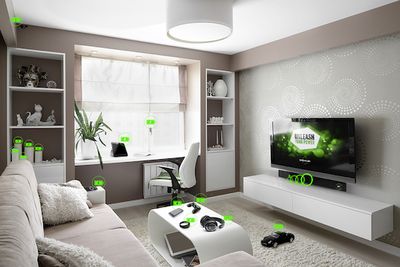
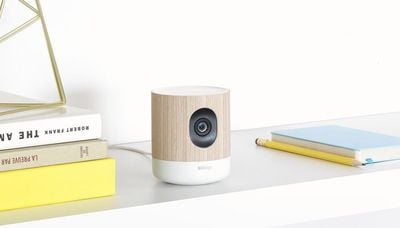
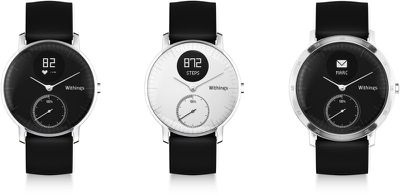
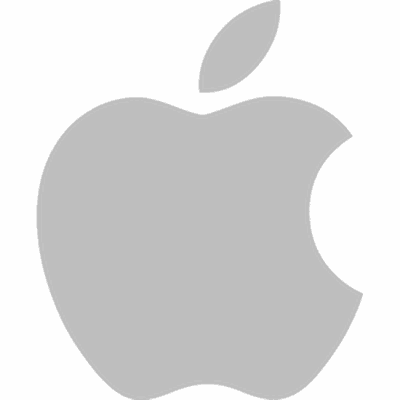 Apple
Apple 